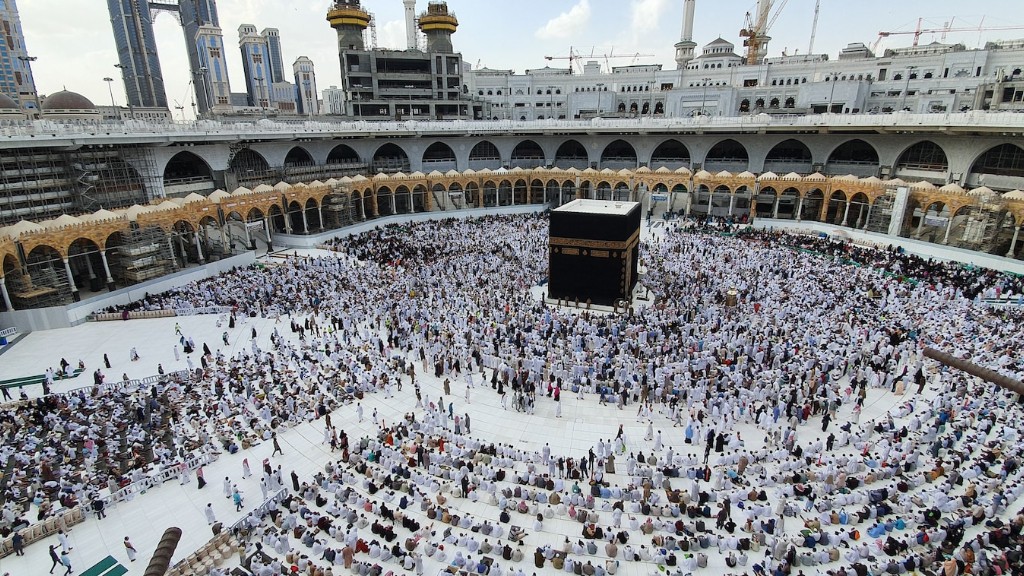Saudi Arabia VS Iran
In the past, numerous historic events have caused significant friction between Saudi Arabia and Iran. Following the Iranian Revolution of 1979, Iran declared itself as an Islamic Republic; Saudi Arabian leaders sought to protect their own kingdom due to the fear that the Iranian Revolution would spread to Saudi Arabia and eventually overthrow the monarchy. Consequently, both countries have experienced volatile diplomatic relations.
Since then, the two have competed for power regionally and globally, creating a complex international geopolitical landscape. The two powers have created a dizzying tangle of competition and alliances, where their’s rivals are the same people their friends work alongside. Some may view this competition as a zero-sum game, where one country’s success is interpreted as a threat, and an absolute victory is desired in order to take all power in the region.
This issue has been further complicated by the religious differences between the two countries. Saudi Arabia is a Sunni majority nation with a government that claims bedrock Wahhabi values as a underpinning socialist vision. Alternatively, Iran is a Shi’ite theocracy, with persistent instability and a highly centralized government at the helm.
Given all this, it’s virtually impossible to measure who would ultimately win in a potential conflict between the two countries. A war between two countries of roughly the same size would be very costly and produce unintended consequences in the region that nobody can predict.
Military Resources
From a military standpoint, Saudi Arabia has a considerable advantage over Iran. The Saudi Kingdom is a major arms market with a military budget estimated at $87.5 billion in 2020, which is more than 10 times the size of Iran’s budget. This superior access to resources allows the kingdom to purchase advanced weapons like the F-15 Eagle and the F-35 Lightning fighter jets, as well as the latest guided missile systems like Lockheed Martin’s THAAD.
In addition to its access to sophisticated weaponry, Saudi Arabia has several tactical advantages. The country has extensive desert terrain and a modernized air force, with experienced air combat personnel aiding their commands. Saudi Arabia also has access to two important waterways: the Red Sea and the Persian Gulf. Having access to these strategic points of entry allows Saudi Arabia to more rapidly deploy and mobilize its military forces.
On the other hand, Iran has relatively less access to sophisticated weaponry due to strict international sanctions. Despite these restrictions, the country is able to manufacture its own weapons, like the Tor-M1 and Fajr-3 fighters, which can offer some tactical advantages in upcoming conflicts. In addition, Iran is in possession of several advanced missile defense systems and a modern navy.
Global Alliances
The Saudi Kingdom has an active network of global allies and is the closest regional US partner in the Middle East. Saudi-Arabia is a member of the Gulf Cooperation Council (GCC) and the Arab League, and the country has formed several strategic alliances over the years with other powerful nations like the United States and the United Kingdom. During the famine in Yemen, the Saudi-led coalition received direct military and diplomatic support from the US and the UK.
Iran, on the other hand, has fewer global allies. The United States and some European countries have officially ended decades of cooperation with Iran following its nuclear program. The country has some regional allies through its membership in the Organization of Islamic Cooperation, as well as some military cooperation with powerful countries such as Russia and China.
Economy
Saudi Arabia is the largest economy in the Middle East and North Africa region. The country has many natural resources and is one of the world’s top oil producers. The country has several industries such as manufacturing, banking, mining, hospitality, and retail that contribute significantly to its economy as well.
On the other hand, Iran has a much smaller economy due to global sanctions and limited access to global markets. Nevertheless, the country has a fairly diverse economy that is heavily reliant on its large reserves of oil, gas, and minerals. The country is also developing its manufacturing and agriculture sectors, as well as its tourism and retail industries.
Societal Factors
The social dynamics of the two nations also have an influence on foreign relations. Saudi-Arabia is an absolute monarchy, where the king has supreme power and there is no democratic representation. This may give the kingdom an advantage in the event of an internal uprising, as royal families are more likely to remain loyal during such a crisis.
In contrast, Iran is an Islamic Republic that has consistently experienced periods of unrest due to religious disagreements and political uncertainty. This could make it difficult for the government to maintain the support of the population in the event of a long-term conflict.
Conclusion
Saudi Arabia and Iran’s complex and intertwined relations have created a complex international situation. The two countries are caught in a state of competition and conflicting interests that could result in a devastating conflict between the two if they are not careful. Nonetheless, the ultimate victor in such a conflict is virtually impossible to predict.

